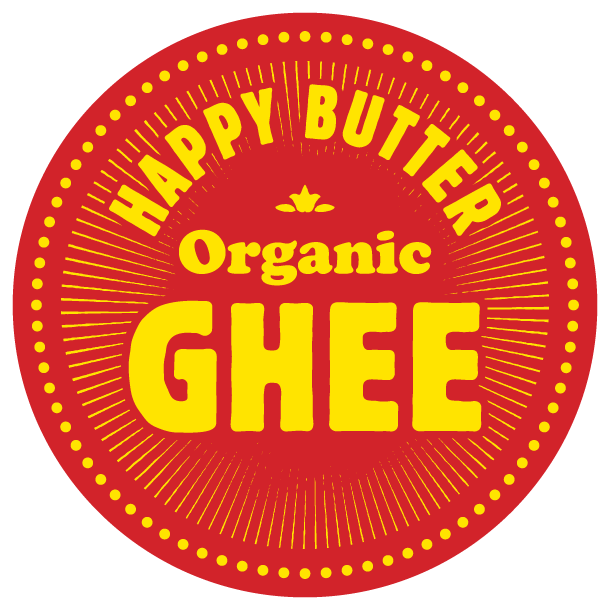Can You Use Organic Ghee in Vegan and Dairy-Free Diets?
When most people think of ghee, they assume it’s strictly off-limits for vegans or anyone avoiding dairy.
But while ghee is derived from butter, the process of clarifying it removes almost all the milk solids – including lactose and casein – making it a surprising option for many dairy-free lifestyles.
What makes ghee different from butter?
Ghee is made by slowly simmering butter to separate and remove water, milk solids, and impurities. What’s left is pure golden fat with a rich, nutty flavour. Because it contains negligible lactose and casein, many people with dairy sensitivities find ghee easier to digest than butter or cream.
Can ghee fit into a vegan or plant-forward diet?
Strict vegans will avoid ghee since it’s technically an animal-derived product. However, it’s a valuable alternative for flexitarians, plant-based eaters, or those following an Ayurvedic-inspired diet who prioritise clean, minimally processed fats.
Organic ghee, in particular, offers a sustainable and natural source of nutrition from grass-fed cows.
How can you use ghee in your cooking?
Ghee’s high smoke point makes it perfect for roasting vegetables, frying tofu, or adding richness to soups and curries without burning. It can be mixed with herbs, spices or garlic before frying for an extra dimension of flavour. You can even stir a spoonful into herbal tea or coffee for a nourishing, energy-boosting twist.
If you’re exploring dairy-free living but still want warmth, depth, and nutrition in your cooking, organic ghee can be a wholesome addition: it’s ethically produced, easy to digest, and full of flavour.
